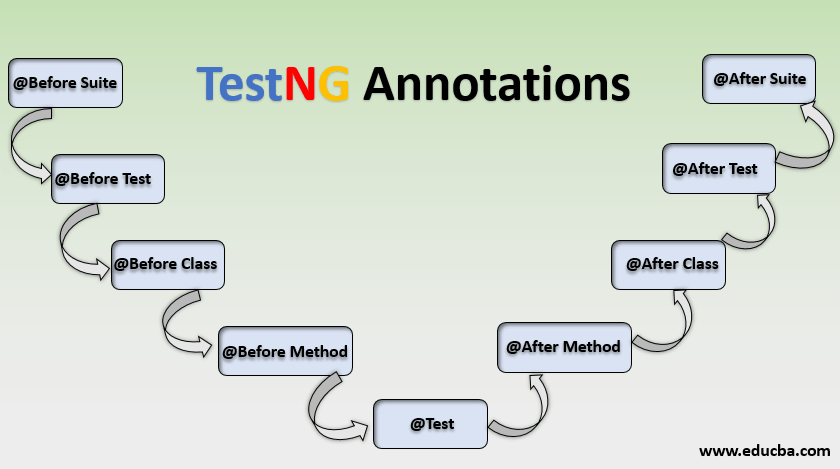
Test suites can be created by grouping multiple test cases or by combining multiple test suites. It is a container that holds a group of related test cases. In TestNG, a test suite is a collection of tests that are designed to test a specific functionality or feature of an application. For more information, refer to Preview output of HTML files. You can also use the built-in preview to view the file.

Then, go to View | Open in Browser and select a browser. To quickly view this file in your browser, open the file in the editor. If you haven't specified a folder, the test-output folder with the report will be created. html report with results of the test run in the folder that you have specified in the run configuration. Alternatively, press Shift+F10.įor a detailed description of each option in TestNG run configurations, refer to Run/Debug Configuration: TestNG. On the toolbar, make sure that the newly created run configuration is selected and click next to it. Switch to the Listeners tab, click, and add the EmailableReporter option. In the Output directory field, you can specify a folder in which the IDE will place the report.īy default, the IDE creates a new test-output folder in the project root directory, but you can use another folder or use different folders for different reports. The next field will change accordingly allowing you to select specific tests to run. If it is a new configuration, give it a name.įrom the Test kind list, select the scope of tests that you want to run. Otherwise, select the required exising configuration from the list. If there are no previously created TestNG configurations, click and from the list that opens, select TestNG. Creating a separate run configuration might be helpful in case you don't want to generate reports every time you run your tests. You can create multiple configurations for the same test class or test suite with different settings and compare the results.įor TestNG, you can configure the listener that will generate reports for you.
#CUCUMBER TESTNG ANNOTATIONS CODE#
In IntelliJ IDEA, you can add VM options, use another JDK, or enable code coverage using run configurations. You can also run your tests with Maven (refer to Testing in Maven) or with Gradle (refer to Testing in Gradle). You can view test results in the Run tool window. To run all tests in a test class, click against the test class declaration and select Run. To run an individual test, click in the gutter and select Run. Import class SampleTest Object data(), new String = "data")Īssert.assertEquals("First Line\nSecond Line", "First Line\nSecond Line") For example, you may want to annotate the whole class or individual methods: Use the TestNG annotations where necessary. In the editor, write the code for your test class. In the Create New Class dialog, name the new class and click OK.

Select New | Java Class from the context menu. In the Project tool window ( Alt+1), right-click the package inside the Test Sources Root in which you want to create a new test class. Instead of creating test classes manually, you can use a dedicated intention action that can create new classes and fill them up with test methods for you. If you just start writing tests, IntelliJ IDEA will automatically detect if the dependency is missing and prompt you to add it.
#CUCUMBER TESTNG ANNOTATIONS MANUAL#
The procedure above shows the manual way of adding a dependency. In the dialog that opens, specify the necessary library artifact, for example: org.testng:testng:6.14.3.Ĭlick Apply to save the changes and close the dialog. Under Project Settings, select Libraries and click | From Maven. Go to File | Project Structure ( Control+Alt+Shift+S) or click on the toolbar.


 0 kommentar(er)
0 kommentar(er)
